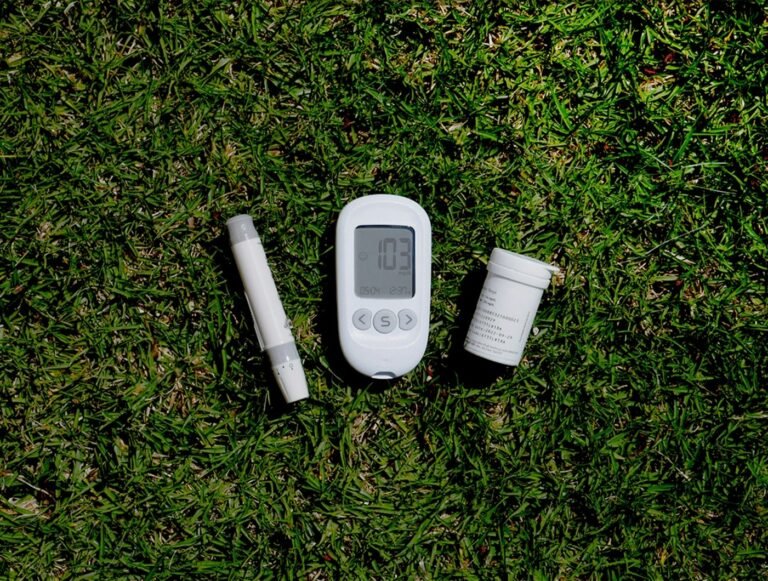Wireless Strain Measurement Nodes for Remote Structural Monitoring
Overview
Smart Monitoring Solutions Powered by Trusted Partners
Core Components
Hardware Products (from GAO Tek & GAO RFID)
GAO Tek Wireless Strain Node – Long Range
Transmits strain data over several kilometres, ideal for field deployments in infrastructure and energy sectors.
GAO Tek Battery-Powered Strain Module
Offers extended battery life and easy mounting for use in remote, cable-free monitoring zones.
GAO RFID Strain Node with IoT Integration
Seamlessly connects with RFID and IoT platforms for data logging and real-time monitoring.
GAO RFID Multi-Channel Wireless DAQ Hub
Receives data from multiple wireless nodes and transmits it to cloud or local storage systems.
Software and Systems
GAO Tek Wireless Data Acquisition System
Enables real-time visualization, analysis, and recording of data from distributed wireless strain sensors.
GAO RFID Cloud Monitoring Dashboard
A web-based platform for setting thresholds, alerts, and automated reporting across multiple locations and sensors.
Key Features and Functionalities
- Cable-Free Installation: Reduces installation time, labor, and cost by eliminating the need for physical wiring.
- Long-Range Transmission: Sends data reliably over long distances with secure, low-power wireless protocols.
- Scalable Network Configuration: Supports hundreds of sensor nodes across bridges, buildings, and machinery.
- Battery or Solar Powered Options: Enables continuous monitoring in off-grid and remote areas without power infrastructure.
- Real-Time Data Access and Alerts: Delivers live readings to cloud dashboards or mobile apps for proactive decision-making.
Compatibility
Works with
- Industrial DAQ systems and controllers
- SCADA and smart infrastructure platforms
- Cloud-based data analytics and visualization tools
- Civil, mechanical, and aerospace monitoring frameworks
Compatible sensor types
- Foil and semiconductor strain gauges
- Embedded sensors
- Load cells and pressure transducers
- Thermocouples and displacement sensors (with multi-input options)
Applications
- Long-span bridge and overpass strain monitoring
- Vibration and fatigue testing in aerospace structures
- Remote tracking of tower or antenna support structures
- Foundation stress analysis in construction and geotechnical projects
- Mining and tunnel strain surveillance
- Oil & gas platform integrity monitoring
Industries We Serve
Civil and Structural Engineering
Aerospace and Defense
Oil & Gas and Energy Utilities
Transportation and Rail
Construction and Mining
Research and Development

Relevant U.S. and Canadian Industry Standards
- ASTM E2208
- IEEE 802.15.4
- CSA S6
- ISO 21940
- ANSI C37.90
